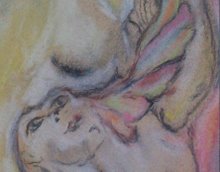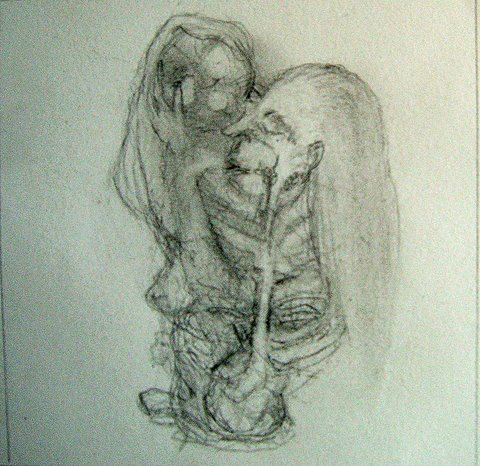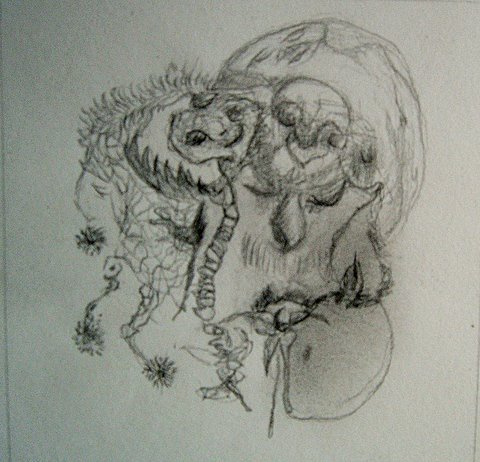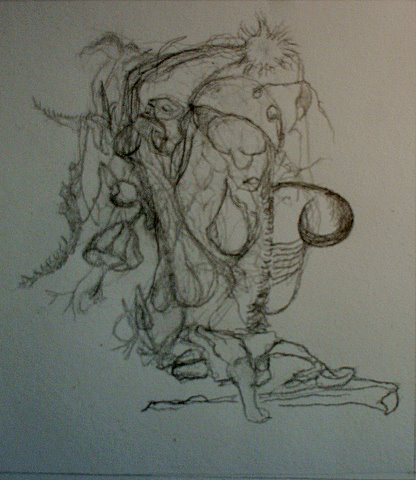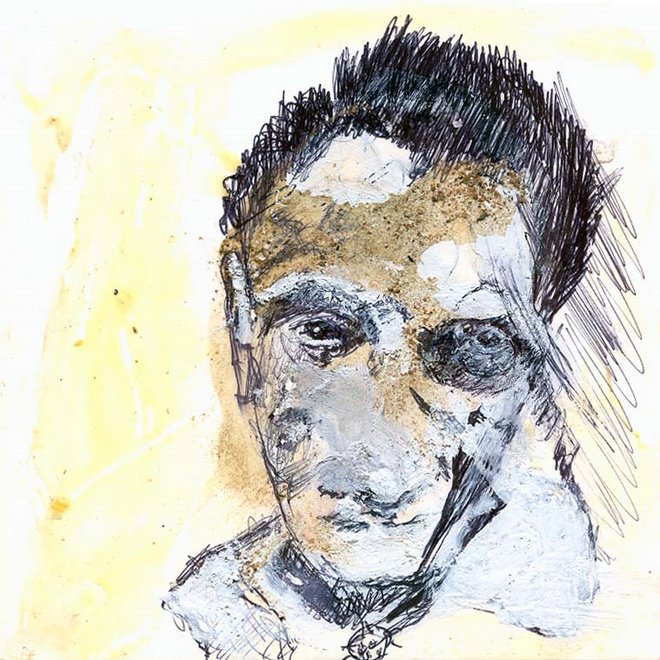https://jeffgburekprojects.bandcamp.com/album/sound-travels-in-babadag-romania
“That Fear
YES, IT'S ONLY that fear, those searchings, tracings, tellings whose
purpose is to hide the unreachable horizon. It's night again, and
everything departs, disappears, shrouded in black sky. I am alone and
must remember events, because the terror of the unending is upon me. The
soul dissolves in space like a drop in the sea, and I am too much a
coward to have faith in it, too old to accept its loss; I believe it is
only through the visible that we can know relief, only in the body of
the world that my body can find shelter. I would like to be buried in
all those places where I've been before and will be again...
-- Andrjez Stasiuk
This summer I finally reached a milestone in my travels by reaching
the city named in Stasiuk’s book “On the Road to Babadag” – it was not
as far flung as the cities of Moldavia I had wanted to reach this year
but well enough. Spending time in Iași, even busking on the main drag,
left me with some Gitanic flavors of the region and, Iași, after all was
once part of the old state of Moldova.
“I never asked for a pure sound.” -- Stasiuk, again
These field recordings are perhaps as pure as I get however, without me even demanding it. Recorded in the foothills and
meadows & forests in view of Babadag (= Father Mountain in Turkish)
between that citadel, the ancient Genoese Fortress Enisala and a
village of the same name. On tippy toes at certain hillocks you can
catch glimpses of lakes Babadag and Razim on the horizon, which I took
at first to be the Black Sea itself, that same Black Sea as those
monopolizing Genoese merchants wanted to keep an eye of dominion
scanning over from that huge stone tower they built. Nearby is also a
Neolithic settlement under archeological investigation so efficiently
fenced-off we could not imagine any sneak-peak access. The old world
remains far away.
This album spans my various modes, druthers, habits and of course
incorporates my flaws in technique despite the fact I have cleaned up my
act as much as possible. The first track is one of those attempts to be
in the every dimension at once: the VLF radio puts my head in the
ionosphere, a ground wire catches electromagnetic earth charges as my
feet traverse dry grasses and the Zoom6 XY or the Audiotecnica shotgun
mic accumulate other sonic detail artifacts as I try to look into the
starry or cloudy sky convincing myself I can actually “hear” pulsars via
quantum entanglement with my body. I love this track in particular, no
matter what.
Recorded partly in the later evening of July 23 and periodically during
the day and early of July 24, the album follows time’s arrow. Therefore
some of it is fairly quiet. Not even crickets. And I didn’t do a thing
to make it more exciting than it is and there are surprises for which
the dear listener must wait. I do, however, during the course of the
last few tracks, engage my inner child via DX scanning the shortwave
bands while listening to late night insect concerti, campfire, winds,
owls and the Eurasian jackal yelps and those mysterious muted pooms in
the distance, artillery practice from army bases over the hills. There
is more Babadag material so there could be a sequel. Time will tell.



















